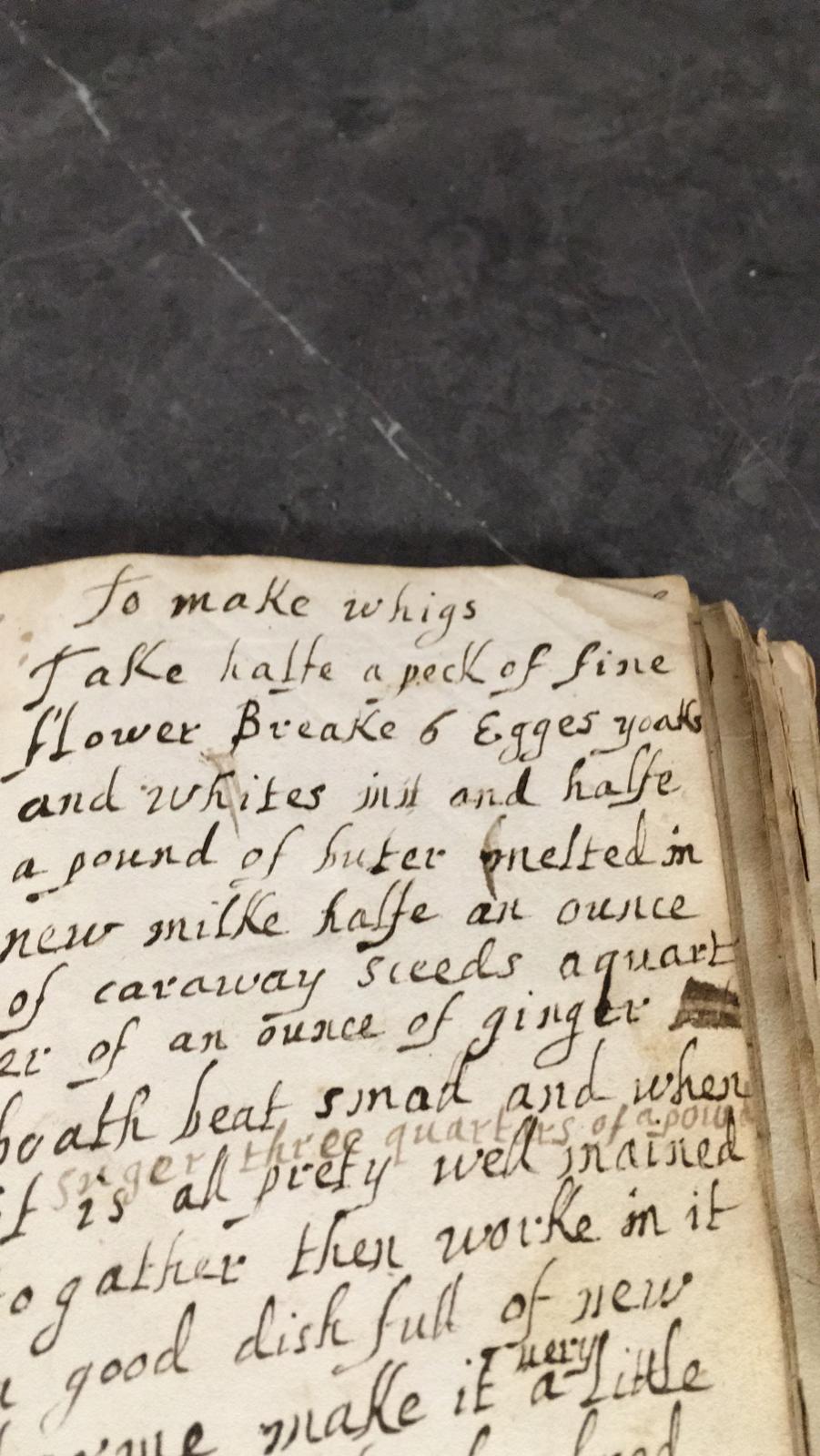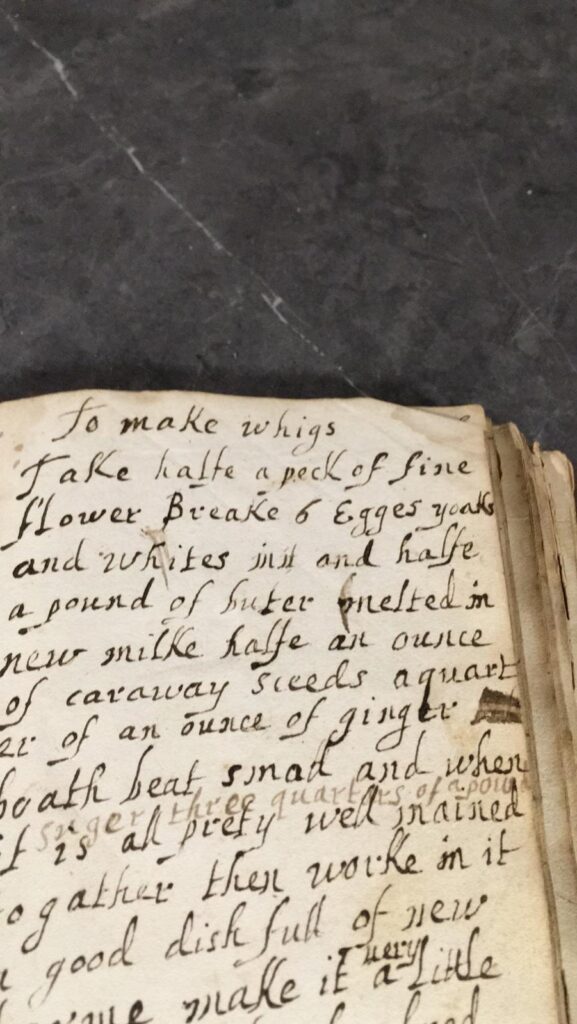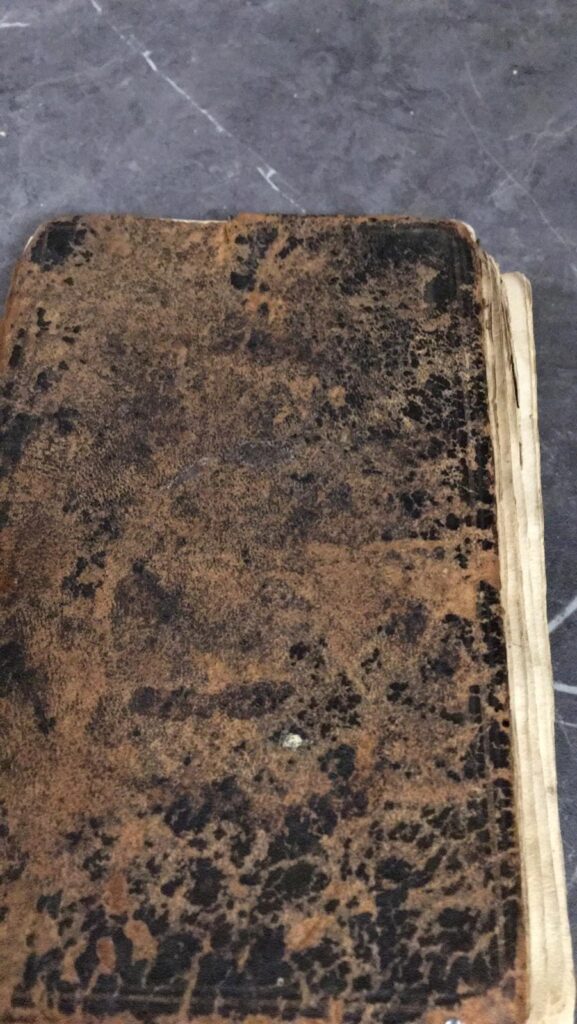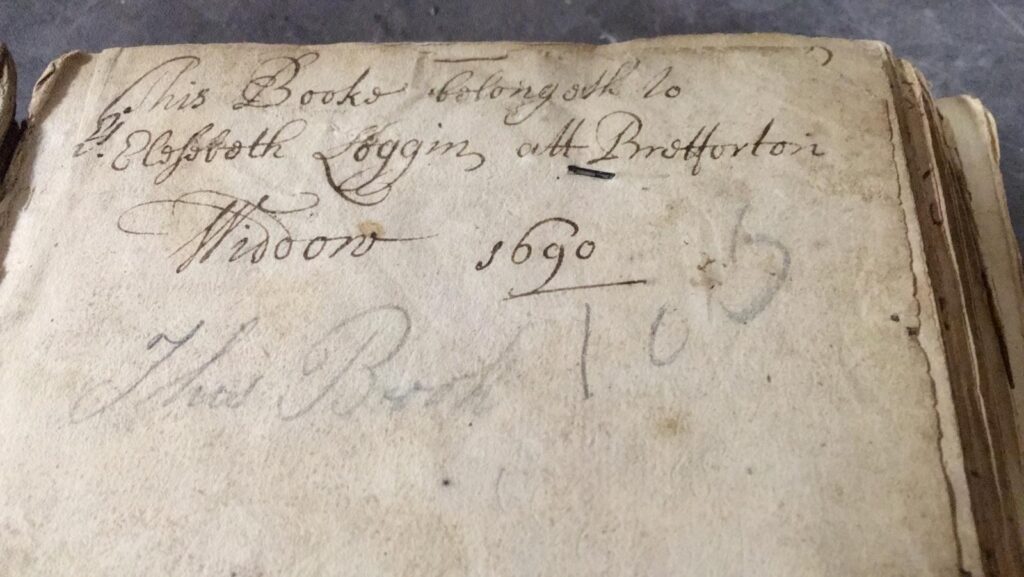One thing that makes writing historical fiction so enjoyable is the ability, through research, to immerse yourself in the lives of others in a past age through their words. When those words come from a member of your own family it becomes even more fascinating.
When researching 17th Century rural England for Inges, I needed to paint a picture of the daily life of those villagers known as ‘cunning women.’ These would be the women who knew traditional medicine, herbology and healing: those most likely to be in danger when witch hysteria struck a community.
Luckily I was able to get a first-hand narrative directly from the pen of one of my ancestor to help me out – in the shape of a 17th Century ‘spell book’ written by one of my direct ancestors (a great x7 grandmother).
Although written later in the century than Inges, and a little further south from Yorkshire – the “Receipt” book, as it is titled, gives an exciting glimpse into the healing recipes of a village woman of the age, with a mixture of practical and very far-fetched remedies for everything from a sore finger to TB.
The plain, leather-bound book is inscribed: “This booke belongeth to Elizabeth Logginz att Bretforton Widow 1690.”
Below that in very elegant writing it says,”Carmina & sententiae ex optimis autoribus collecta per Robertum Loggin gen”, presumably her much more educated son.
Some of the ‘cures’ mentioned make an appearance in Inges, being used by the hero’s family, Peg and Maggie Waite. It is unlikely Elizabeth Logginz was under suspicion of witchcraft. Receipt books of this kind would be fairly common at this time, and by 1690 the mass hysteria around witches had largely subsided, with the law against them finally repealed in the early 18th Century.
One cure – For Worms In Children – reads:
Take the earb [herb] called rodilia
and stampe it and make a
plaster and lay it to the
bely it will help
While another – For Hart Burning – says:
Take the tops of fennel chew
them in your mouth, and
suck the juice of it, then spit it
out, doe this often and it will
helpe you
A less likely cure was this one To Take Away Warts
Take ripe elderberrys and
rub them on the wart it shall go away
Elizabeth and her family lived in the village of Bretforton, near Evesham, in Worcestershire. Interestingly, the village celebrates the legend of another Logginz (or Loggins) from the same period, who may possibly have belonged to the same family.
Spot Loggins Well is an old water well in the village named after a cattle drover called Spot Loggins who drowned in a cattle spring in the 17th century. Local legend states that any who runs around the well three times while blindfolded will lose anything they are carrying.
Inges– a thrilling and unconventional historical mystery – is available to buy in paperback and ebook now. An audiobook is due for release soon.
“Ashes of London meets SJ Parris by way of Puss in Boots. A Jacobean Tragedy. With cats.“









